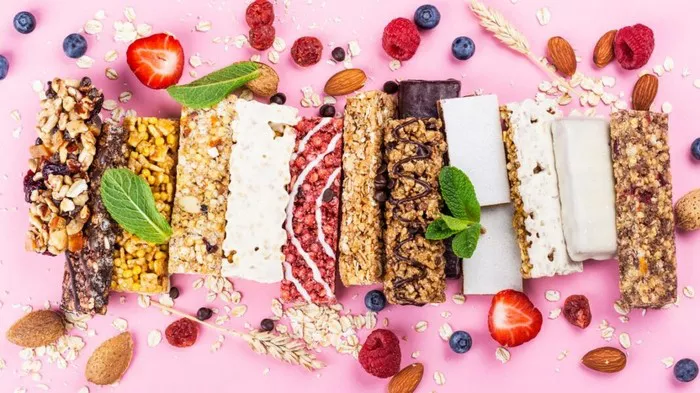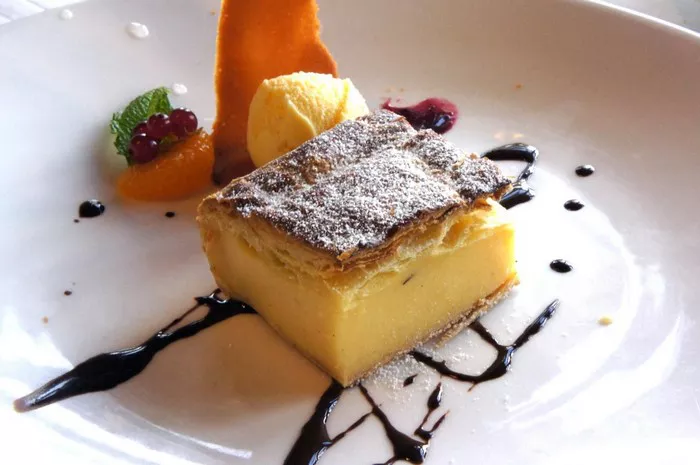High blood pressure, or hypertension, is a common health condition that affects millions of people worldwide. Managing hypertension often involves lifestyle changes, including dietary modifications. In this comprehensive guide, we will explore the best foods to include in your diet to help control and lower high blood pressure.
The Role of Diet in High Blood Pressure
Diet plays a crucial role in the development and management of high blood pressure. Consuming the right foods can help reduce blood pressure and lower the risk of complications such as heart disease and stroke. Here are some key dietary factors to consider:
1. Sodium (Salt) Intake
High sodium intake is a major contributor to elevated blood pressure. Excessive salt consumption can cause your body to retain water, leading to increased blood volume and pressure. Reducing sodium intake is a fundamental dietary strategy for managing high blood pressure.
2. Potassium-Rich Foods
Potassium is an essential mineral that helps regulate blood pressure. Consuming potassium-rich foods can counteract the effects of sodium and relax blood vessel walls. These foods can have a significant impact on hypertension management.
3. Heart-Healthy Fats
Incorporating heart-healthy fats, such as those found in certain oils, nuts, and fatty fish, can improve blood vessel function and reduce inflammation. They can be a valuable addition to a blood pressure-friendly diet.
4. Fiber-Rich Foods
Fiber helps maintain a healthy cardiovascular system by reducing cholesterol levels and promoting satiety. Foods high in dietary fiber can contribute to lower blood pressure over time.
Best Foods for High Blood Pressure
Now, let’s explore the specific foods that can help manage high blood pressure effectively:
1. Leafy Green Vegetables
Leafy greens like spinach, kale, and Swiss chard are rich in potassium, which can help your body balance sodium levels and reduce blood pressure. Aim to include these greens in salads, smoothies, or stir-fries.
2. Berries
Berries, including strawberries, blueberries, and raspberries, are packed with antioxidants known as flavonoids. These compounds have been linked to lower blood pressure and improved vascular function.
3. Bananas
Bananas are a convenient source of potassium. Adding a banana to your breakfast or as a snack can contribute to your daily potassium intake.
4. Oats
Oats are a great source of soluble fiber, which can help lower blood pressure by reducing cholesterol levels. Enjoy oatmeal for a heart-healthy breakfast.
5. Fatty Fish
Salmon, mackerel, and trout are rich in omega-3 fatty acids, which can reduce inflammation and promote healthy blood vessel function. Aim to include fatty fish in your diet at least twice a week.
6. Nuts and Seeds
Almonds, flaxseeds, and chia seeds are excellent sources of heart-healthy fats and fiber. They make for nutritious snacks or can be sprinkled on salads and yogurt.
7. Beans and Lentils
Beans and lentils are high in fiber and protein, making them an ideal addition to a blood pressure-friendly diet. They can be used in soups, stews, or as a side dish.
8. Olive Oil
Extra-virgin olive oil contains monounsaturated fats that can help reduce blood pressure. Use it in cooking or as a salad dressing for its heart-healthy benefits.
Conclusion
While medications prescribed by healthcare professionals play a crucial role in managing high blood pressure, dietary choices can significantly impact blood pressure levels. Incorporating these foods into your daily diet can be an effective and natural way to support your hypertension management efforts.























